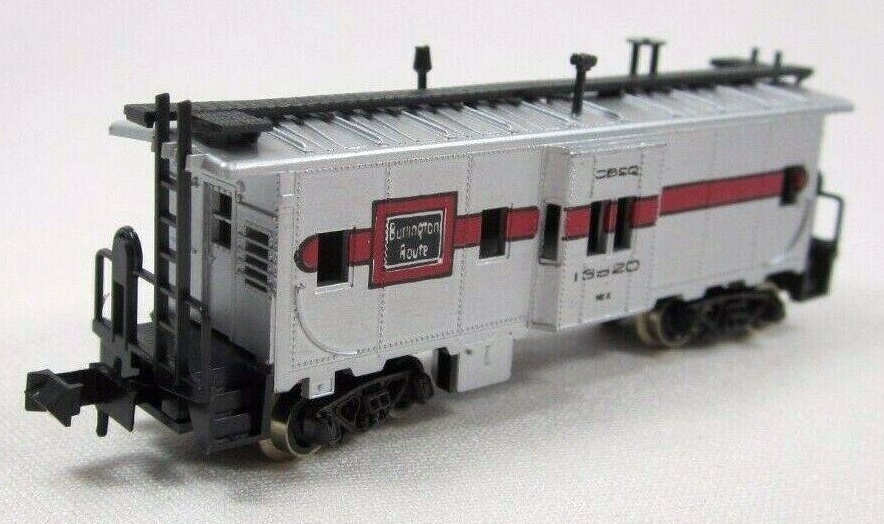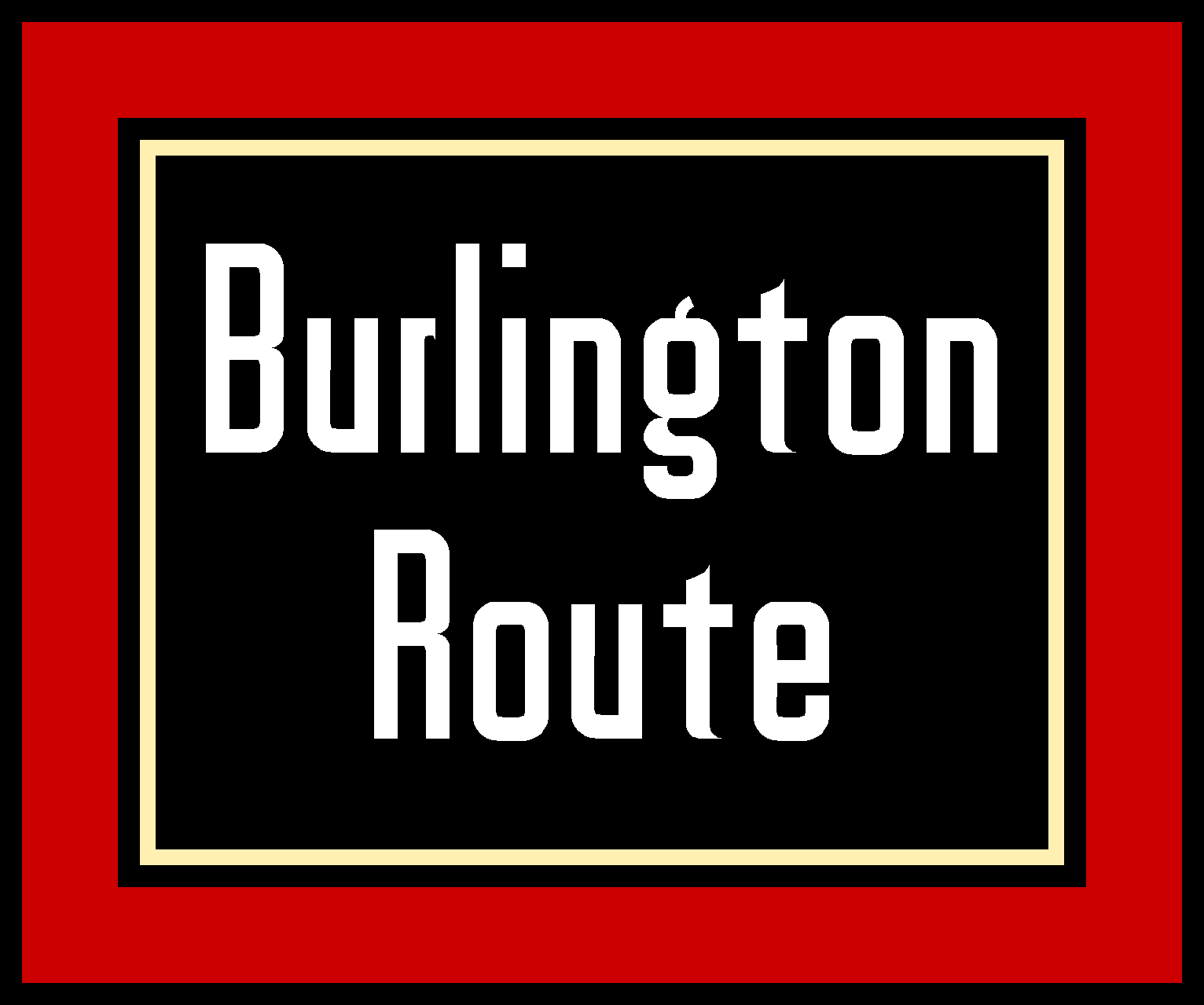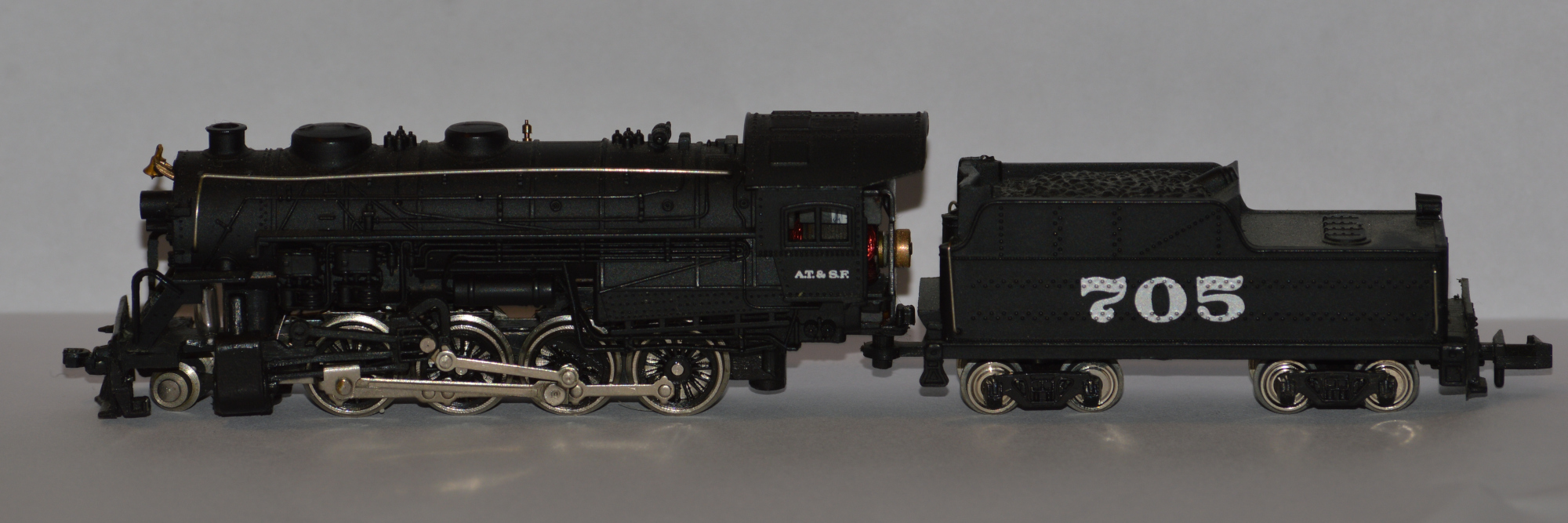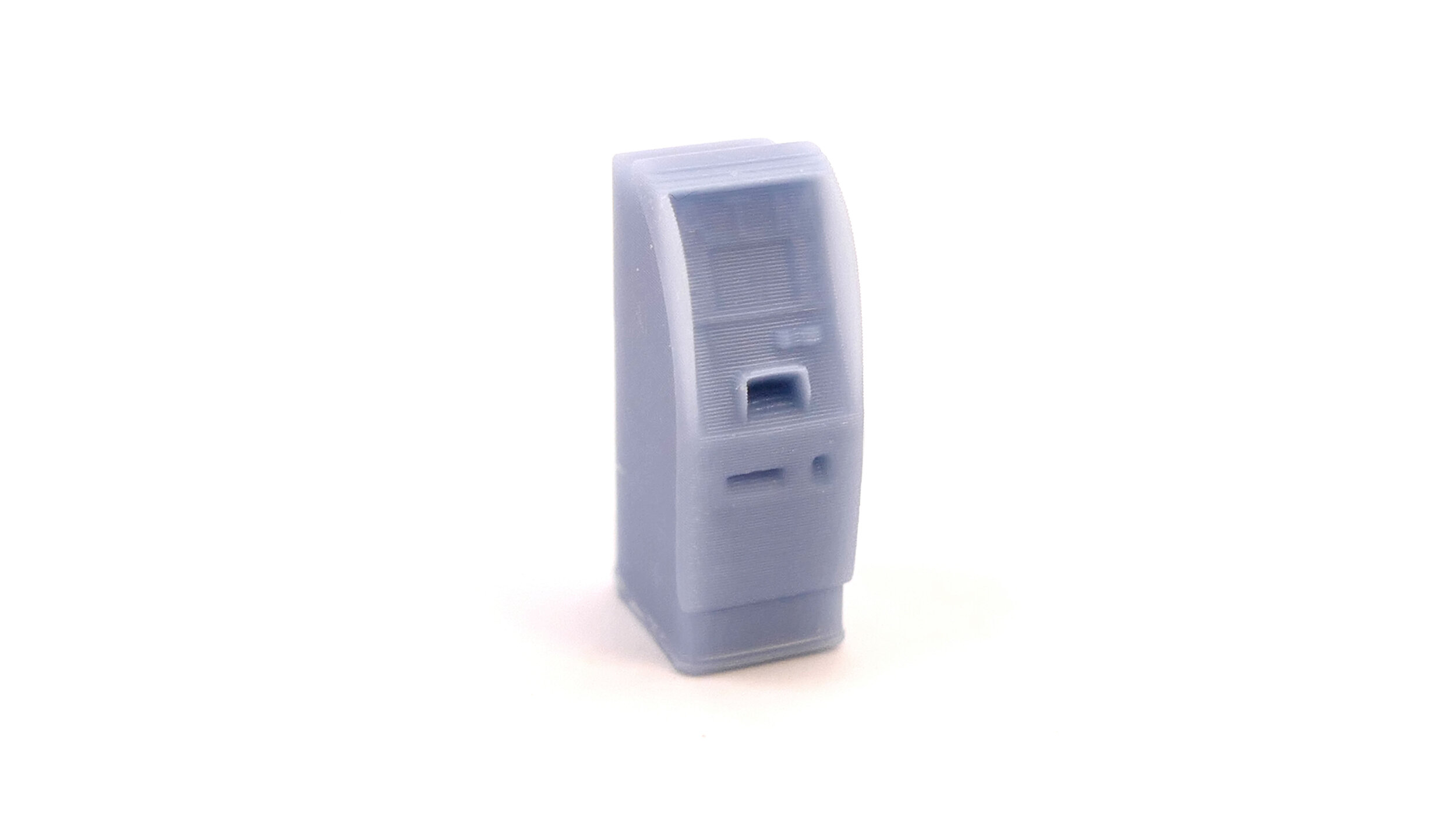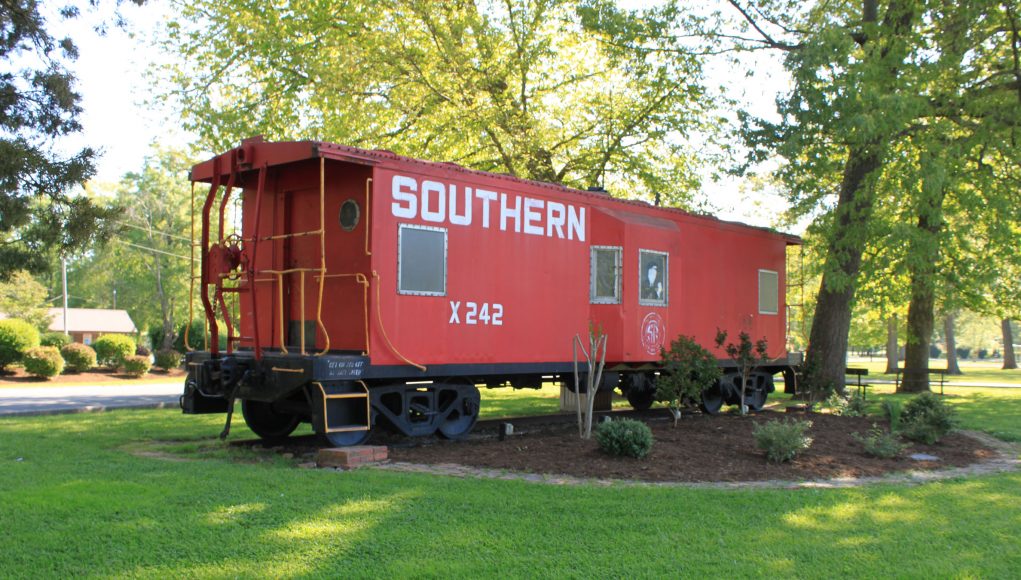Model Information: This model of caboose was made for Atlas by Rivarossi and made its debut in the 1969 Atlas catalog. Unlike the "End Cupola" caboose, this model was never retooled for Chinese production and only 7 different versions were ever made by Atlas. Rivarossi continued to sell it under its own brand from 1977, retaining 4 of the Atlas road names and adding a new one. Moreover, in the mid-1990s, E-R Models did contract Rivarossi to re-introduce the model under the E-R name and 20 more versions were later produced. It is similar to Bay-Window cabooses made by Walthers, Micro-Trains and others. It can be distinguished from the other manufacturer's versions in that it has three windows in each body side, and 4 windows on each bay.
Prototype History: In a bay window caboose, the crew monitoring the train sits in the middle of the car in a section of wall that projects from the side of the caboose. The windows set into these extended walls resemble architectural bay windows, so the caboose type is called a bay window caboose. This type afforded a better view of the side of the train and eliminated the falling hazard of the cupola. The bay window gained favor with many railroads because it eliminated the need for additional clearances in tunnels and overpasses. On the west coast, the Milwaukee Road and the Northern Pacifc Railway used these cars, converting over 900 roof top cabooses to bay window cabooses in the late 1930's. Milwaukee Road rib-side window cabooses are preserved at New Libson, Wisconsin, the Illinois Railway Museum, the Mt. Rainer Scenic Railroad, and Cedarburg, Wisconsin.
When the shift was made from wooden to steel caboose construction, a new type of caboose also arrived. The new caboose design replaced the traditional roof-mounted “cupola” with “bay-windows” attached to the sides of the caboose. As freight cars grew taller, the effectiveness of cupolas as practical observation points was diminished. This was especially true on lines that suffered from low clearances and were incapable of making cupolas high enough to see over the top of the tallest freight cars. Cabooses were prone to rough handling, and many a trainman was knocked out of his perch in the cupola and injured when he fell. The new caboose design was safer as well as more effective.
When the shift was made from wooden to steel caboose construction, a new type of caboose also arrived. The new caboose design replaced the traditional roof-mounted “cupola” with “bay-windows” attached to the sides of the caboose. As freight cars grew taller, the effectiveness of cupolas as practical observation points was diminished. This was especially true on lines that suffered from low clearances and were incapable of making cupolas high enough to see over the top of the tallest freight cars. Cabooses were prone to rough handling, and many a trainman was knocked out of his perch in the cupola and injured when he fell. The new caboose design was safer as well as more effective.
Road Name History: The Chicago, Burlington and Quincy Railroad (reporting mark CBQ) was a railroad that operated in the Midwestern United States. Commonly referred to as the Burlington or as the Q, the Burlington Route served a large area, including extensive trackage in the states of Colorado, Illinois, Iowa, Kentucky, Missouri, Montana, Nebraska, Wisconsin, Wyoming, and also in New Mexico and Texas through subsidiaries Colorado and Southern Railway, Fort Worth and Denver Railway, and Burlington-Rock Island Railroad.[citation needed] Its primary connections included Chicago, Minneapolis-St. Paul, St. Louis, Kansas City and Denver. Because of this extensive trackage in the midwest and mountain states, the railroad used the advertising slogans "Everywhere West", "Way of the Zephyrs", and "The Way West". It merged into Burlington Northern in 1970.
In 1967, it reported 19,565 million net ton-miles of revenue freight and 723 million passenger miles; corresponding totals for C&S were 1,100 and 10 and for FW&D were 1,466 and 13. At the end of the year CB&Q operated 8,538 route-miles, C&S operated 708 and FW&D operated 1362. (These totals may or may not include the former Burlington-Rock Island Railroad.)
Information sourced from Wikipedia
In 1967, it reported 19,565 million net ton-miles of revenue freight and 723 million passenger miles; corresponding totals for C&S were 1,100 and 10 and for FW&D were 1,466 and 13. At the end of the year CB&Q operated 8,538 route-miles, C&S operated 708 and FW&D operated 1362. (These totals may or may not include the former Burlington-Rock Island Railroad.)
Information sourced from Wikipedia
Brand/Importer Information: Rivarossi was one of the world's most famous Italian manufacturers of model railways. Rivarossi was founded in 1945 by Alessandro Rossi with Antonio Riva. In the 1990s Rivarossi acquired Lima (1992), Arnold (1995) and Jouef (1996). In 2003, after several years of managerial and financial vicissitudes, Rivarossi ceased its activities.
In 2004 Hornby Railways plc acquired assets from Rivarossi, in particular the brands Arnold, Jouef, Rivarossi and Lima. Since 2006 products are sold again under these brand names, with product manufactured in China. For complete information, visit Rivarossi Memory (mostly in Italian with some sections available in English).
In 2004 Hornby Railways plc acquired assets from Rivarossi, in particular the brands Arnold, Jouef, Rivarossi and Lima. Since 2006 products are sold again under these brand names, with product manufactured in China. For complete information, visit Rivarossi Memory (mostly in Italian with some sections available in English).
Item created by: Alain LM on 2022-01-16 06:19:04. Last edited by Alain LM on 2022-01-16 13:20:55
If you see errors or missing data in this entry, please feel free to log in and edit it. Anyone with a Gmail account can log in instantly.
If you see errors or missing data in this entry, please feel free to log in and edit it. Anyone with a Gmail account can log in instantly.


